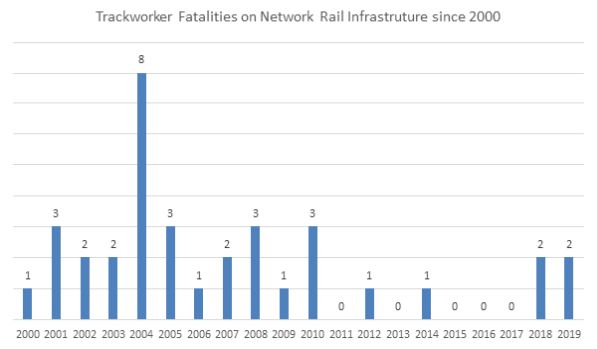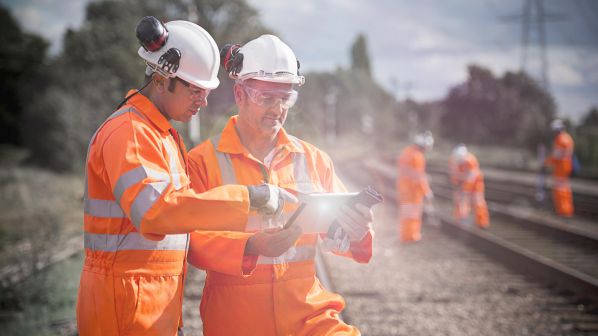The announcement comes in the aftermath of the accident near Port Talbot in South Wales on July 3 in which two track workers were killed. British Transport Police said the individuals were wearing ear defenders at the time of the accident and were unable to hear the approaching train.
The railway’s safety regulator, The Office of Rail and Road (ORR), has issued NR with two improvement notices, which asks the infrastructure manager to do more to improve track worker safety.
The task force, led by Mr Martin Frobisher, NR’s group safety, technical and engineering director, is a partnership between all the key industry players, including the ORR, trade unions and contractors, and will accelerate the current “Near Miss Reduction Programme.” The task force will pull together multiple programmes that have been active for the past eight months to improve track worker safety.
These include:
- Safer trackside working programme: designing and developing new protection and warning systems using digital technology to warn workers of approaching trains
- Planning and delivering safe work programme: to improve the planning of trackside work, giving clarity of who’s in charge and ensuring good quality briefings are undertaken before work starts
- Sentinel improvements: Sentinel is a software platform that manages workers’ competencies enabling colleagues to know that people working are correctly trained and have up-to-date competencies. New apps and hand-held devices are being rolled out
- Fatigue improvement programme: better managing working time, travelling time and the impact of personal lifestyle on alertness and fitness for work
- Procuring for safety: to encourage and reward contractors for positive safety performance
- Medical standards project: targeting better health and fitness of our workforce
- Mental wellbeing and resilience project: to reduce stigma associated with mental health and provide the necessary tools and guidance to both line managers and employees allowing effective management of mental wellbeing at work
- Risk management: introducing better and more thorough work activity risk assessments so that risks and safety mitigations are better thought through and planned, and
- Safety hour programme: a dedicated hour a week where all workers take part in a facilitated hour-long conversation about health and safety in an environment where everybody feels comfortable raising issues and concerns, as well as providing a platform for all to address positive events and successes.
“We will make it safer to work on or near the railway than it is today,” Frobisher says. “Everyone should expect to get home safe, every day, and while our track record has been good and improving, there are still too many close-calls and that will be addressed.
“We have been working with the ORR and our trade unions for many months to help us make working on the railway safer. Like our regulator, we want to see speedier progress.
“The tragic deaths in Wales last week are a stark reminder to us all that more needs to be done. We will rise to that challenge as losing more of our railway family is not something we can tolerate.”
NR’s safety record is relatively good. Between 2010 and 2019, nine trackworkers have been killed while working on the railway, with no fatalities reported in 2011, 2013, 2015, 2016, and 2017. Germany reported 10 railway worker fatalities alone in 2017 while 28 railway employees were killed across the European Union’s 28 member states during that year.


